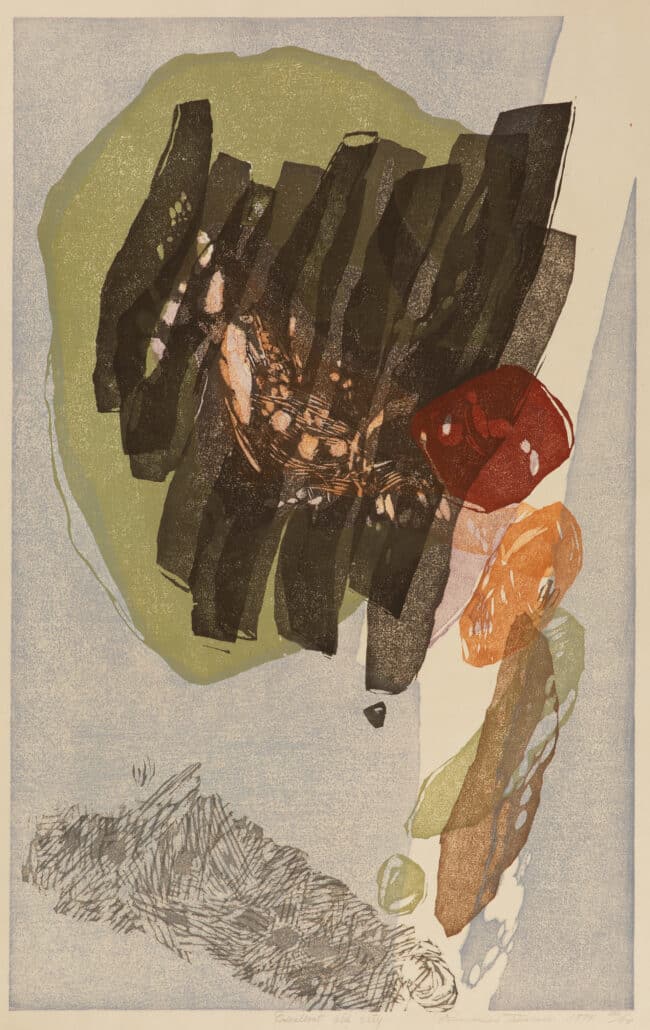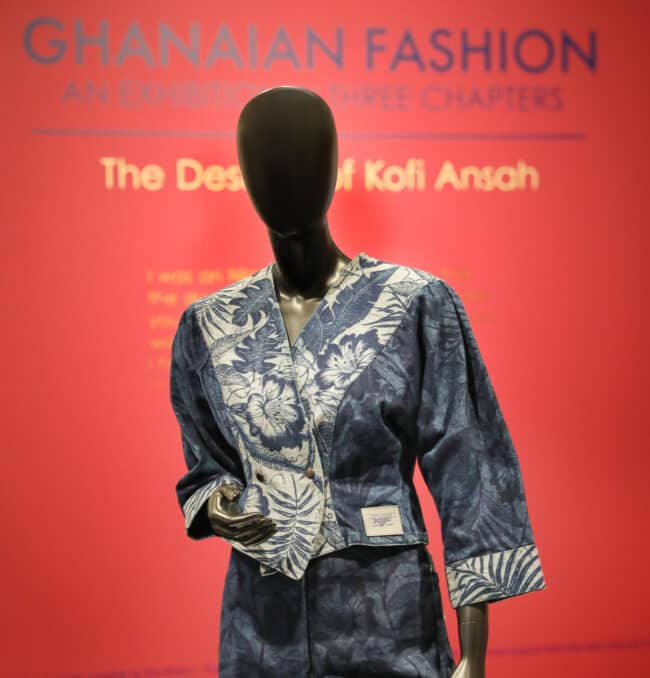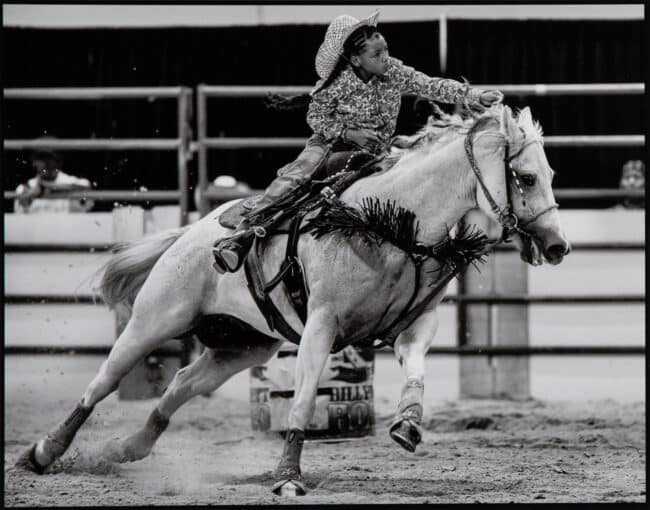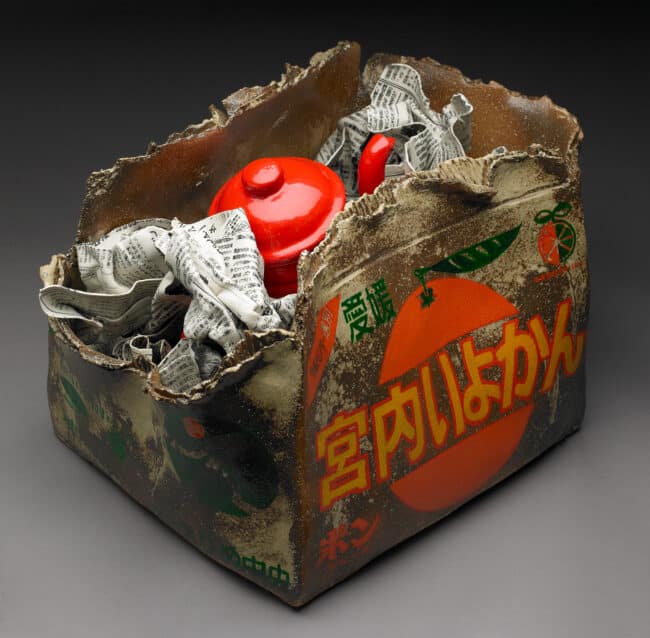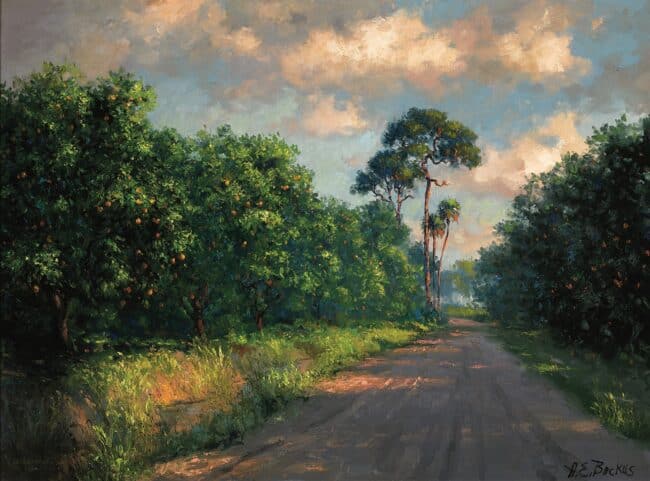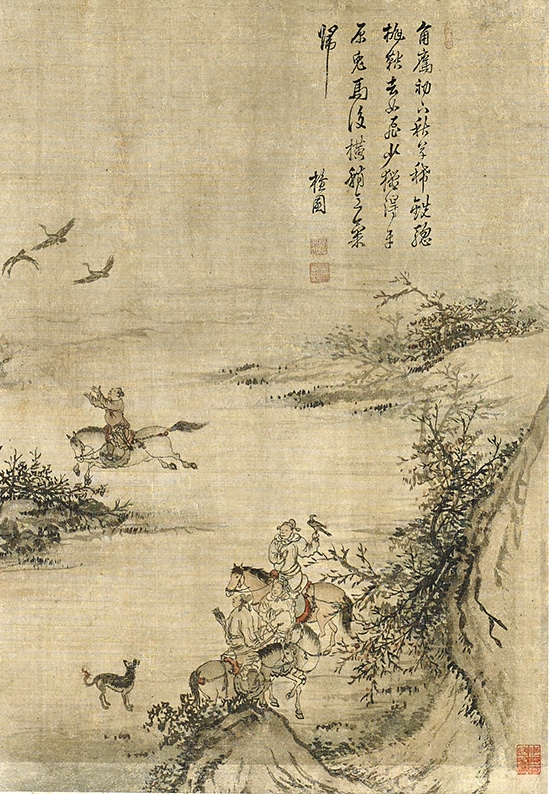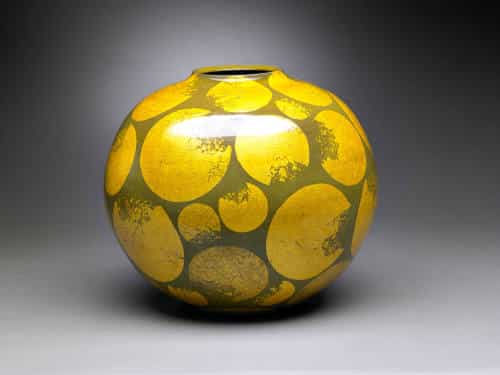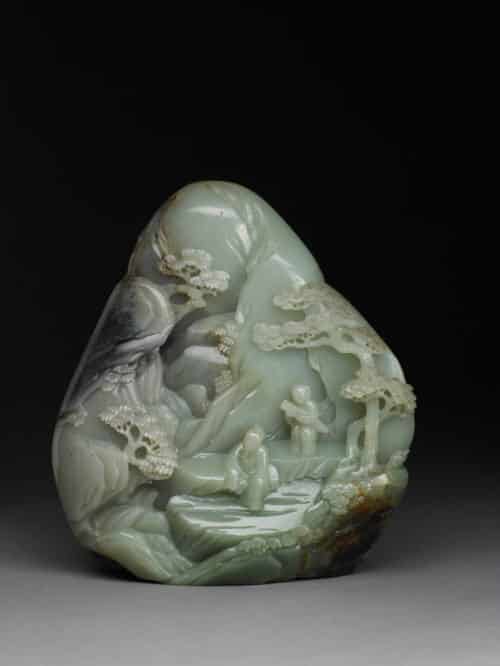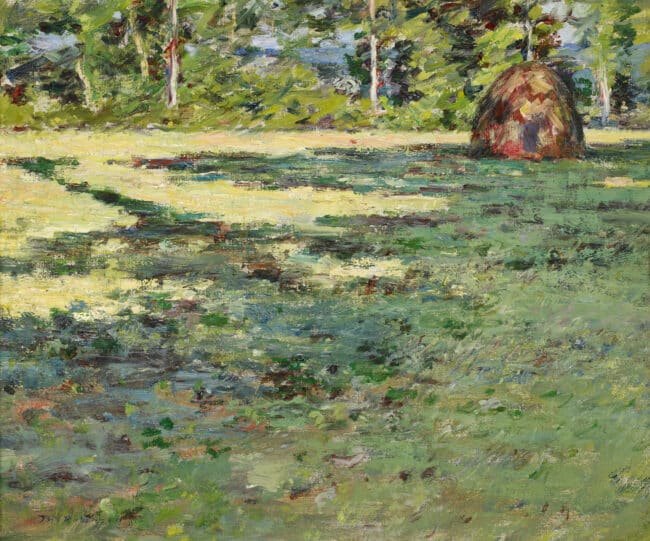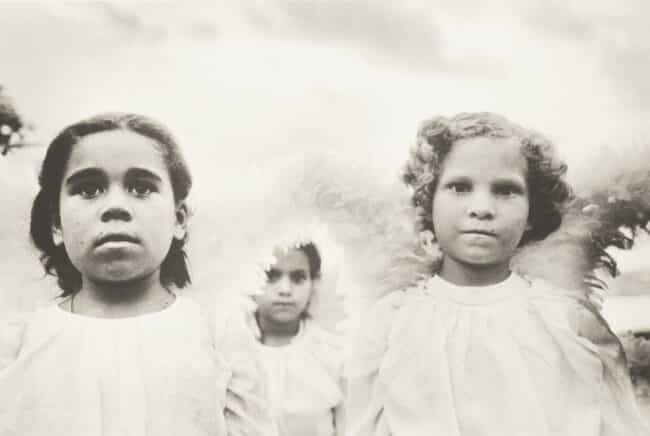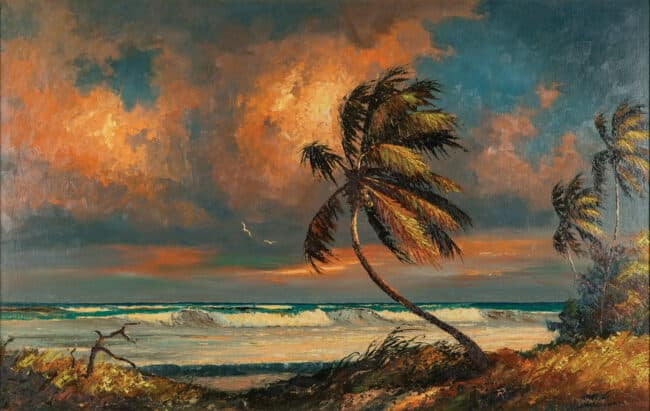Exhibitions
Exhibitions are drawn from Harn collections as well as loans from both private lenders, artists, and other art museums.
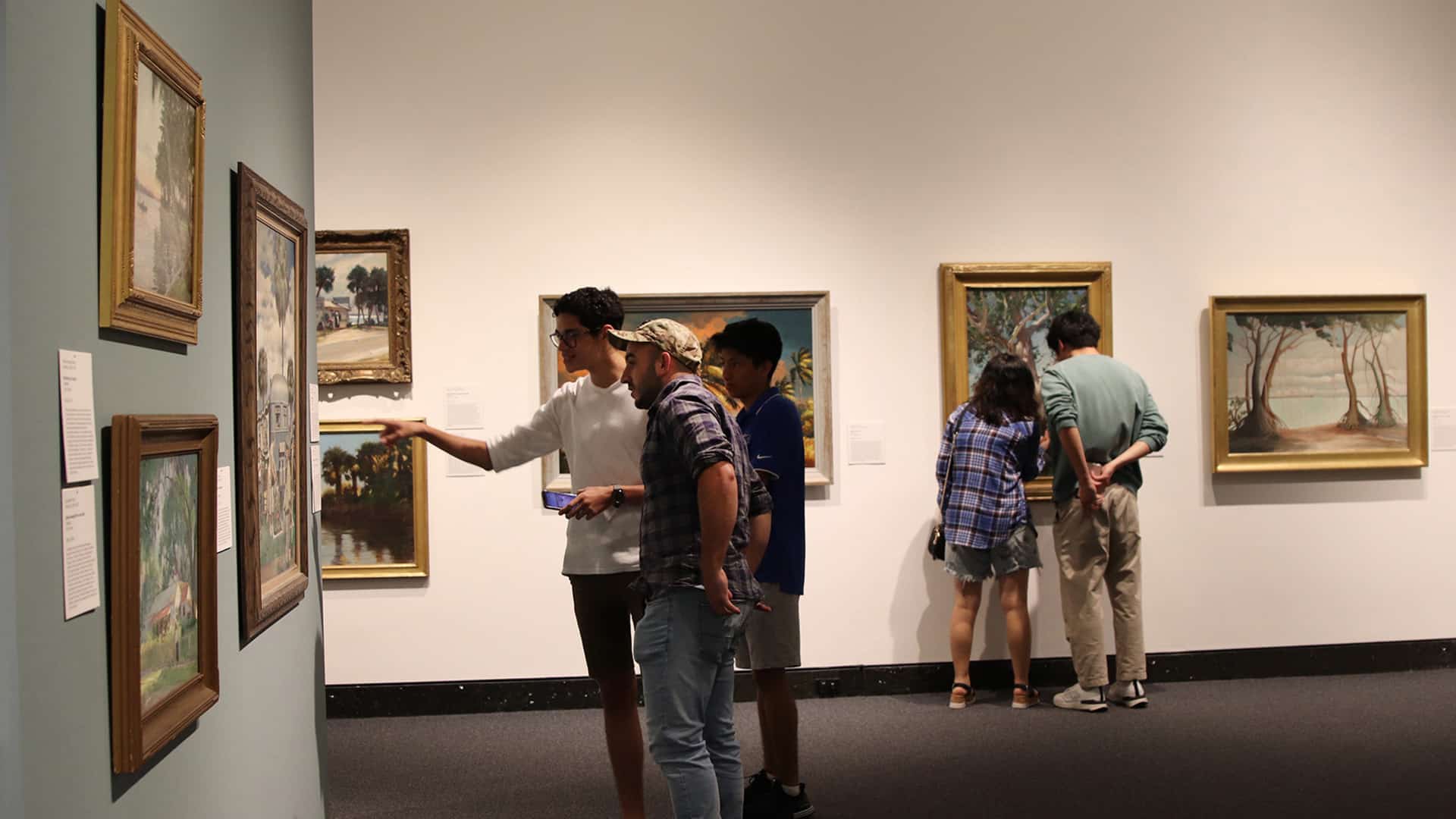
Current Exhibitions
Upcoming Exhibitions
Past Exhibitions
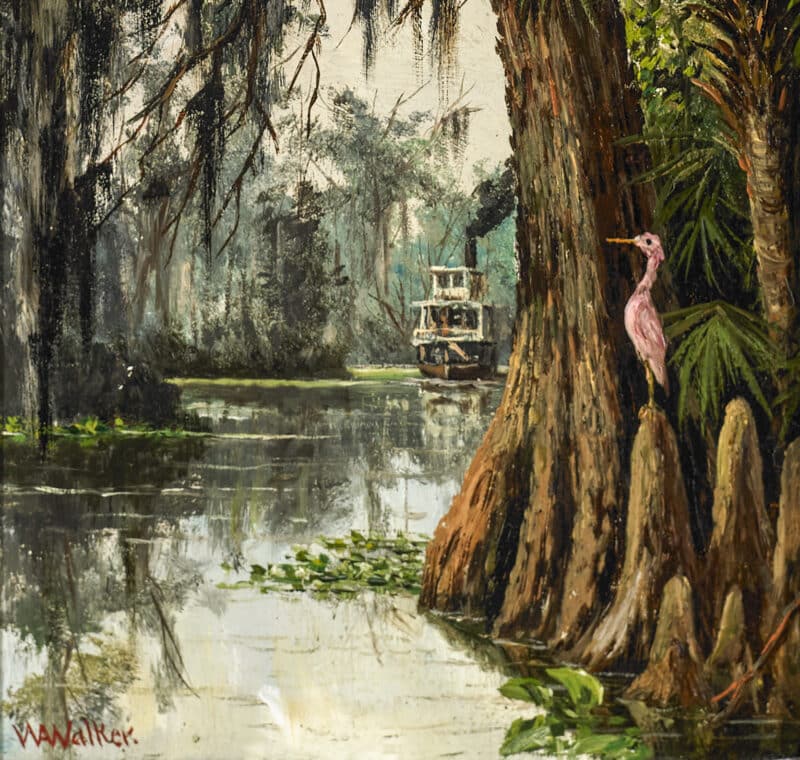
Traveling Exhibitions
Harn collections and exhibitions also travel to other institutions.
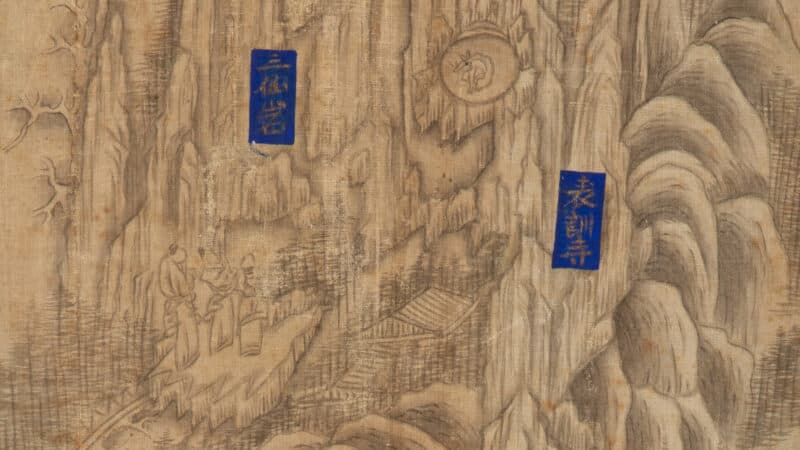
Virtual Exhibitions
A Spiritual Journey to the Diamond Mountains
Go on a spiritual journey through the Diamond Mountains of Korea.
Florida Aqua: Artistic Reflections on Water
Explore an artistic documentation and portrayal of Florida’s water systems as well as its related ecosystem and human activities.
Explore Korean Art and Culture
Enjoy various works by Korean artists currently in the Harn’s collection.
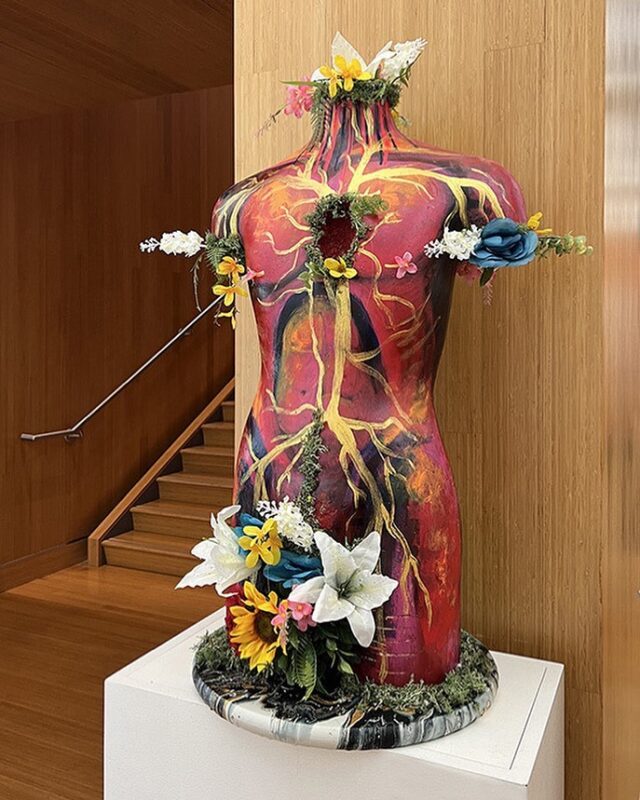
Other Spaces
The Harn’s galleries are not the only place to find art at the museum. Explore the installations that have resided in our other spaces.

